We enter the history of Overwatch through the eyes of two children at a museum. Disbanded for years, Overwatch’s memory is cobbled together in holographic clips. When the history lesson ends, Widowmaker and Reaper suddenly attack, intending to steal the Doomfist, the super powerful weapon on display in the middle of the room.
But Tracer and Winston are hot on their heels, protecting the kids and the Doomfist. The museum is destroyed by the barrage of bullets and crushed by the jet pack–endowed gorilla. It’s a symbolic destruction of the past, the memory of what Overwatch was. It’s Blizzard’s attempt to introduce a new era of storytelling, a world of diverse and exciting heroes.
Overwatch is a group of heroes that banded together when the world needed them most. It’s a mishmash of engineers, fighters, medics, and soldiers who were once trusted with the world’s safety. When a hoard of sentient robots (called omnics) rose up against humanity, Overwatch fought back—until the group splintered off into smaller factions, ultimately leading to the downfall of the organization. Overwatch is a story of complexity as told through the good and bad of both humans and omnics. And it started with the cinematic trailer about the two kids in the museum that released in November 2014. Blizzard told us the world needed more heroes, and we bought it. The childlike glee from the kids captured the excitement players had for a new Blizzard title. Tracer and Winston aren’t the only heroes, Blizzard says. You can be one too.
Overwatch’s legacy is told within its history. Storytelling comes in bits and pieces—an animated short every few months, a digital comic, a precisely-placed clue in-game. Developer Blizzard Entertainment introduced the game and its story with a cinematic trailer from the future, though its focus has been the past.
Nearly two years since the game’s debut, Overwatch’s narrative remains squarely in the past, with Blizzard spending the past two years establishing the game’s history. New characters have been introduced, adding new branches to Overwatch’s evolving family tree. But we’ve been stuck just past Overwatch’s recall. It’s time to move the story forward.

The first animated short released by Blizzard was Recall, which debuted on March 21, 2016 ahead of the May 24, 2016 Overwatch launch date, pushed the story back from the cinematic trailer. Also released before Overwatch’s launch, Recall is set before Winston contacted Tracer and the rest of the Overwatch crew. It establishes a worldview for players: Overwatch was once an organization lauded for its peacekeeping, but it’s since disbanded. Bringing the crew back together would even be illegal, Winston’s AI helper Athena explains in the animated short. Something bad happened with Overwatch, and Blizzard is setting the crew up for redemption.
We’ll later learn through more animated shorts and digital comics that Overwatch is a product of something called the Omnic Crisis, where man-made, sentient robots rebel against humans. The history spans back 30 years. The Omnic Crisis sparks the start of Overwatch, the omnics rise and then fall, as does Overwatch’s usefulness. Just less than 10 years ago in Overwatch’s timeline, we’re introduced to one of Overwatch’s most impressive acts of storytelling: The Overwatch Uprising event, which merged Blizzard’s out-of-game narrative with campaign-style gameplay. We finally got to play the history of Overwatch, rather than just read or watch it. (Not that either of those is bad, but it was a surprising change in the game’s narrative structure.)
This leads into the downfall of Overwatch, though the reasons for its disbandment aren’t entirely clear just yet. Offshoot groups like Blackwatch may have caused trouble for the organization, fracturing the Overwatch image of a pure peacekeeping group. The United Nations calls forth the Petras Act, which makes Overwatch illegal.

Overwatch’s history is embedded in the game’s unique storytelling, but Blizzard has struggled with moving the narrative forward. Things have happened after Winston’s Recall: New characters have been introduced (Ana, Sombra, Orisa, Doomfist, Moira, Brigitte) but much of the work there is, again, providing players information on their past. This is necessary. To feel connected to Overwatch’s heroes, we need to know who they are. We clamor for information, needing to understand Mei’s tragic backstory and Doomfist’s conflicted past.
Overwatch’s heroes are complex and diverse, and expanding the game’s lore with historical content of the universe and its characters is an easy way to tell stories. The closest Blizzard has come to pushing the story forward is with Sombra and Doomfist, whose introductions to the game’s lore in November 2016 and July 2017, respectively, brought action to the forefront of Blizzard’s Overwatch story. But instead of pushing the narrative further, the storytelling done there proved a hero introduction and not much else. The stories come to a quick halt, with more loose ends than answers.
Sombra’s story was interesting in the ways that Blizzard scattered its pieces through the web as part of an interactive alternate reality game. That game spread into her animated short, Infiltration, where we learned her motives aren’t as clear as they may seem. Sombra is both good and bad, a villain and a hero. We have no idea what she’s up to, and that’s part of her allure as a character.
Orisa’s introduction on March 21, 2017 added to Sombra’s story, too, while highlighting the brilliance of a young Numbani-born investor, Efi Oladele. Her story led to Doomfist’s, which intertwenes with Sombra’s, to bring Overwatch to where stands today. It was Doomfist’s introduction that played into Overwatch’s destroyed Numbani buildings, which remain a mess today—broken defense bots litter the floor, the suitcases of terrified citizens still laying in wait.
Related: Blizzard World wants to be the happiest place on the internet
The return of Doomfist was the signal that Overwatch was about to change. An immediate threat looms. Talon is assembling its troops, its big-fisted leader at the helm. But aside from the attack on Numbani after Doomfist’s epic escape from prison, not much has happened. More characters continue to be introduced, and we explore how they rose to their positions, but not much else. And that’s the struggle with storytelling in a multiplayer shooting game.
Overwatch’s gameplay bears no significance to the game’s story: It’s uniquely removed from the constraints that lore would put on it. Gameplay needs to be fresh, and new characters continue to add that excitement. Blizzard is struggling to balance Overwatch’s background history with a narrative push into the future. One way in is to use the stories of Overwatch’s heroes outside of Overwatch the organization. How do they get involved? D.Va is a good option: Use her story as a way into the new Overwatch organization. Nearly two years into Overwatch’s existence, we need to see where Winston’s Recall short leads and why Doomfist chose now to come back into the fight.
All signs point to something big in the Overwatch universe, a new era. The second anniversary of the game’s release date on May 24 is a prime time for Blizzard to push the narrative forward. It could choose to take things to the past again, as it did with the Overwatch Uprising event, but a more active event could change the landscape of the game’s narrative, bringing the story squarely into the present. Overwatch has been setup for just that, too.
Along with the second coming of the Uprising event, Brigitte’s introduction as an Overwatch hero is a step forward. She’ll join her godfather, Reinhardt, on the front lines. We learned he would answer Winston’s call in another animated short, Honor and Glory, which explored his past and present.
The time is now for Blizzard’s unique brand of transmedia storytelling to secure itself in the present instead of the past. Blizzard has set up the tangled threads of Overwatch’s history. We know and love the characters of the game, and there’s so much potential for how everything could change.


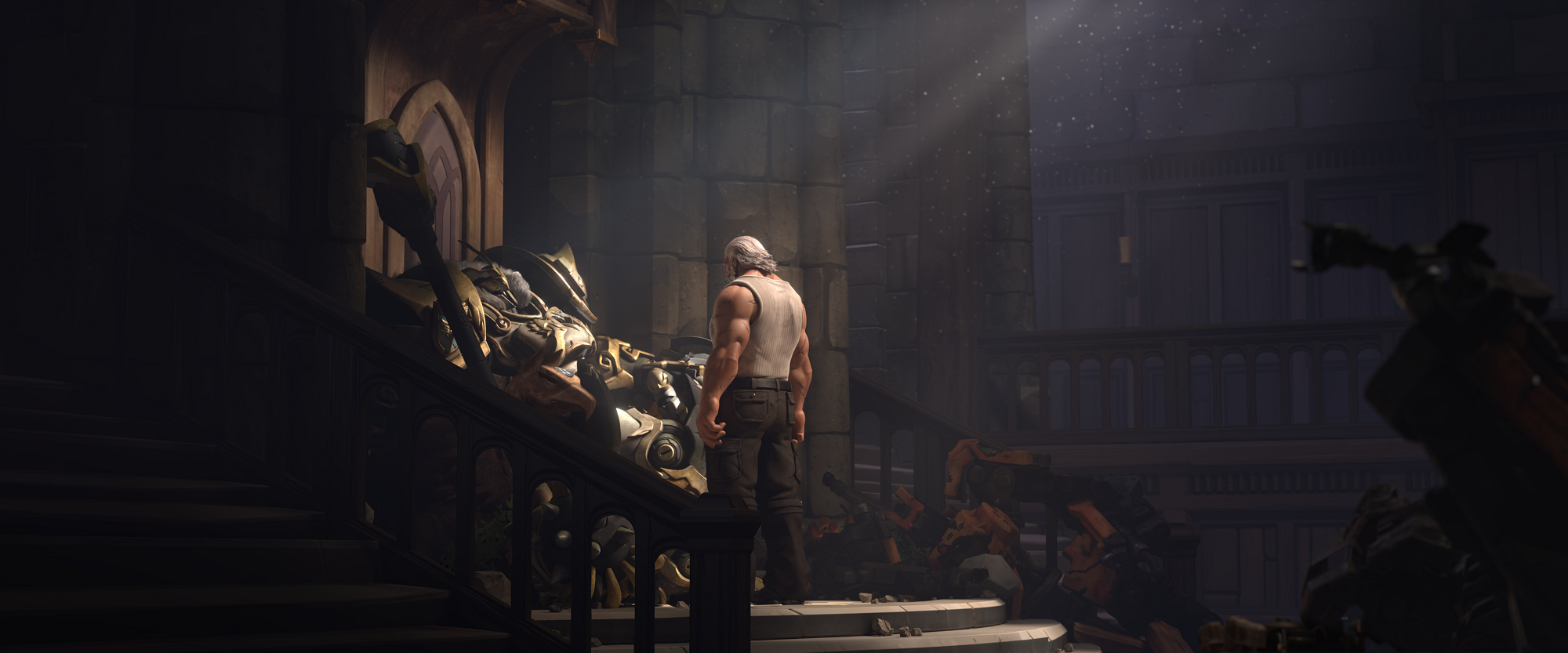
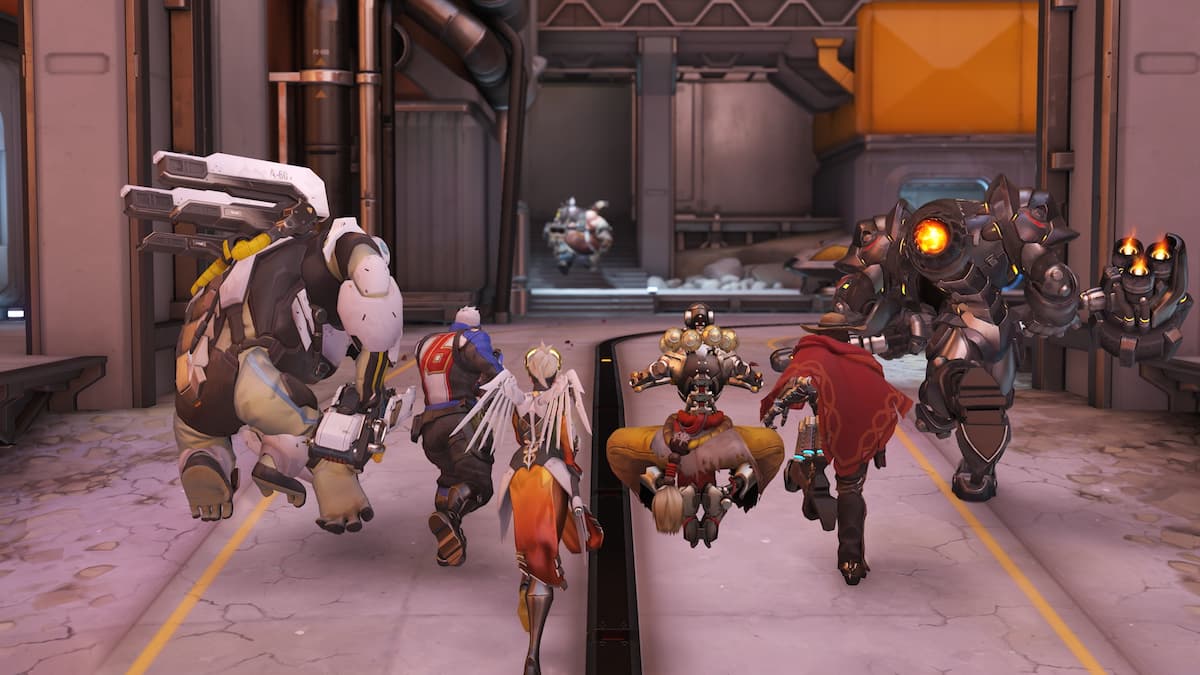

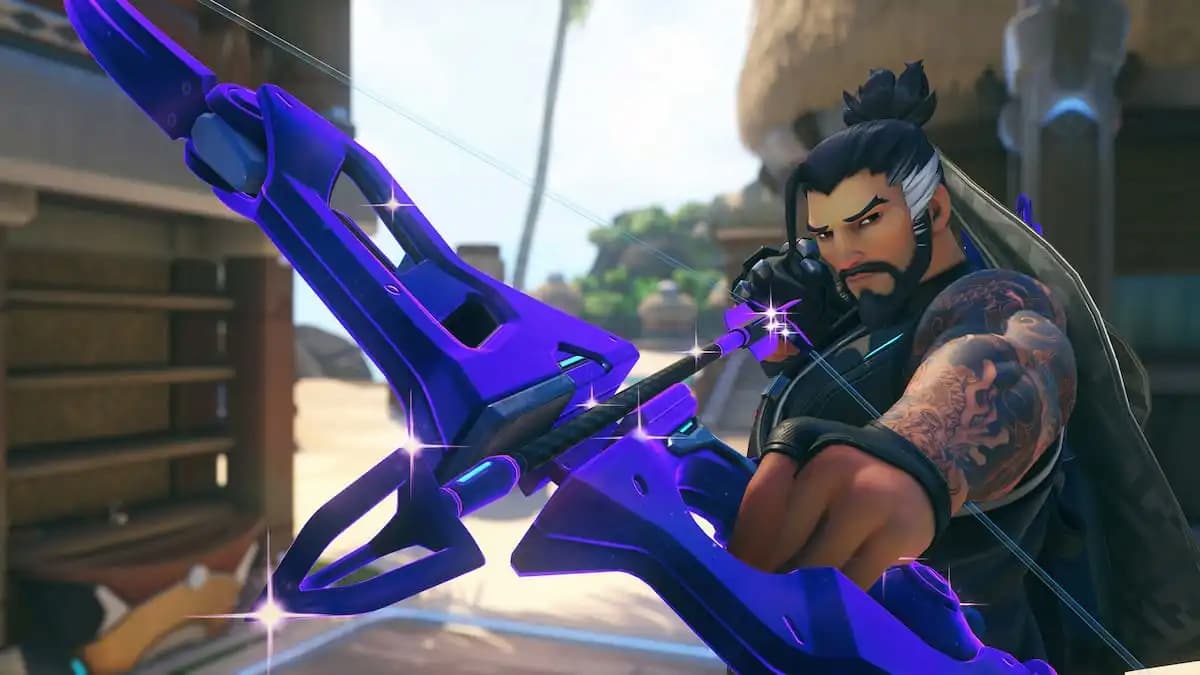
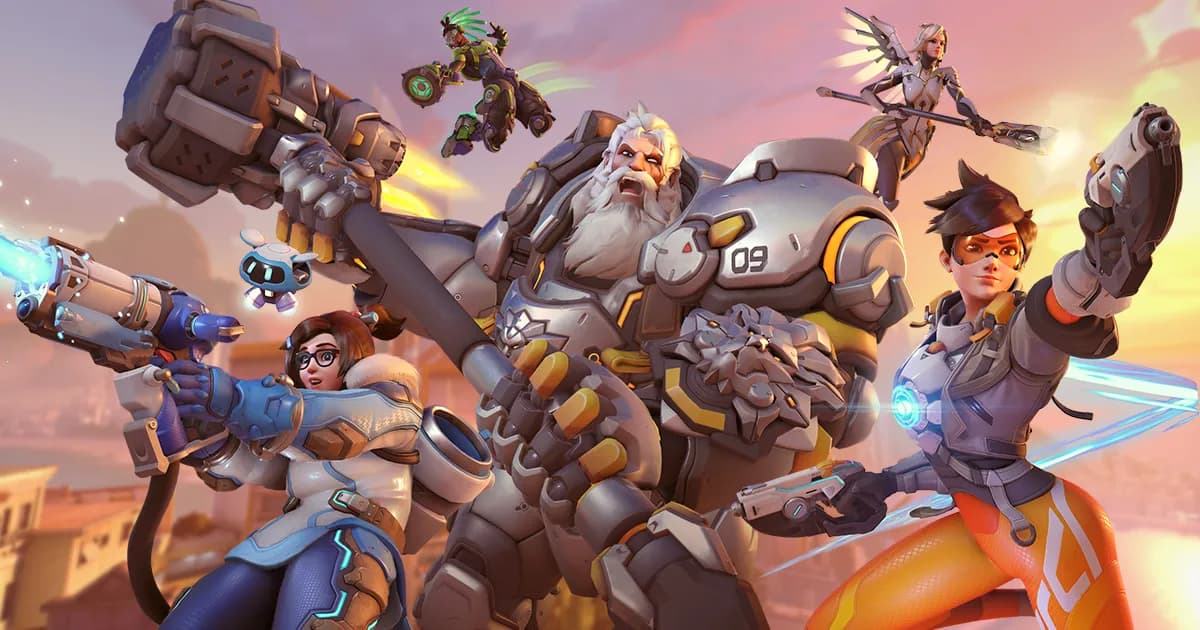
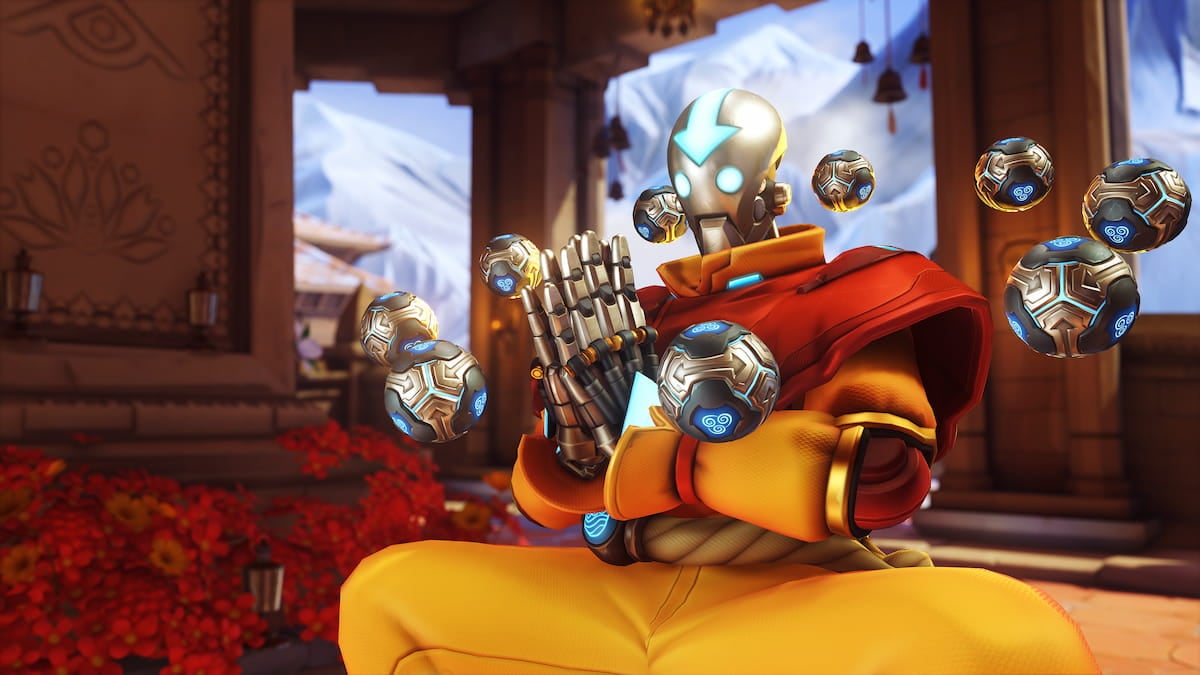
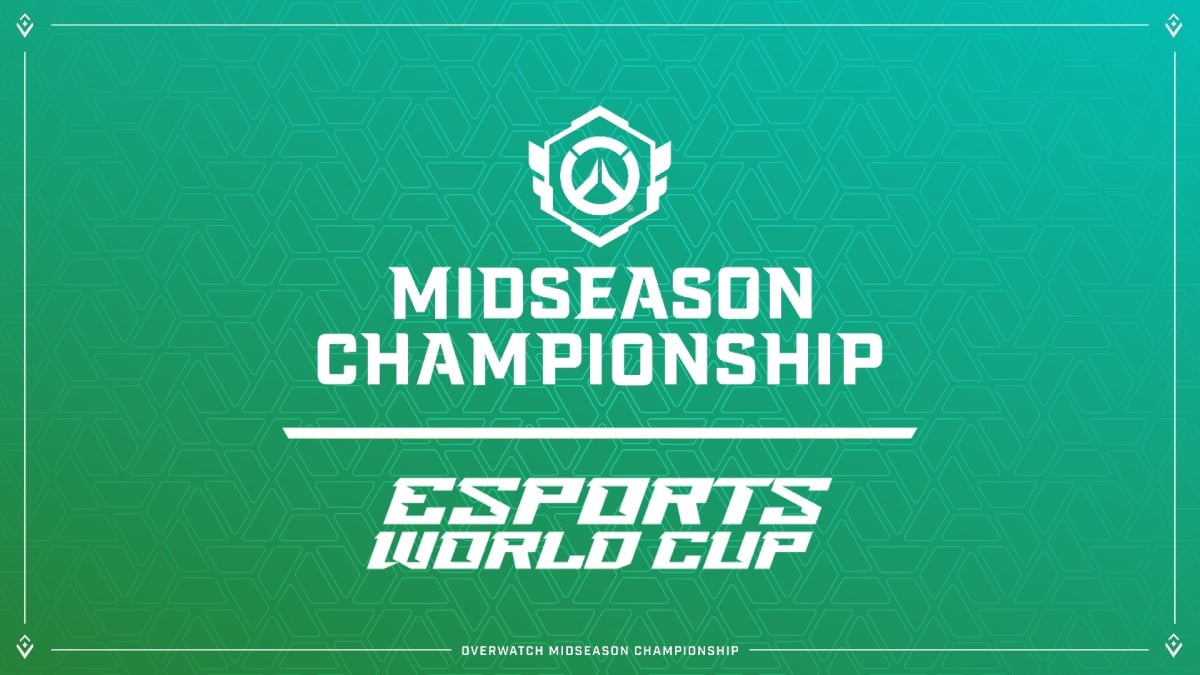
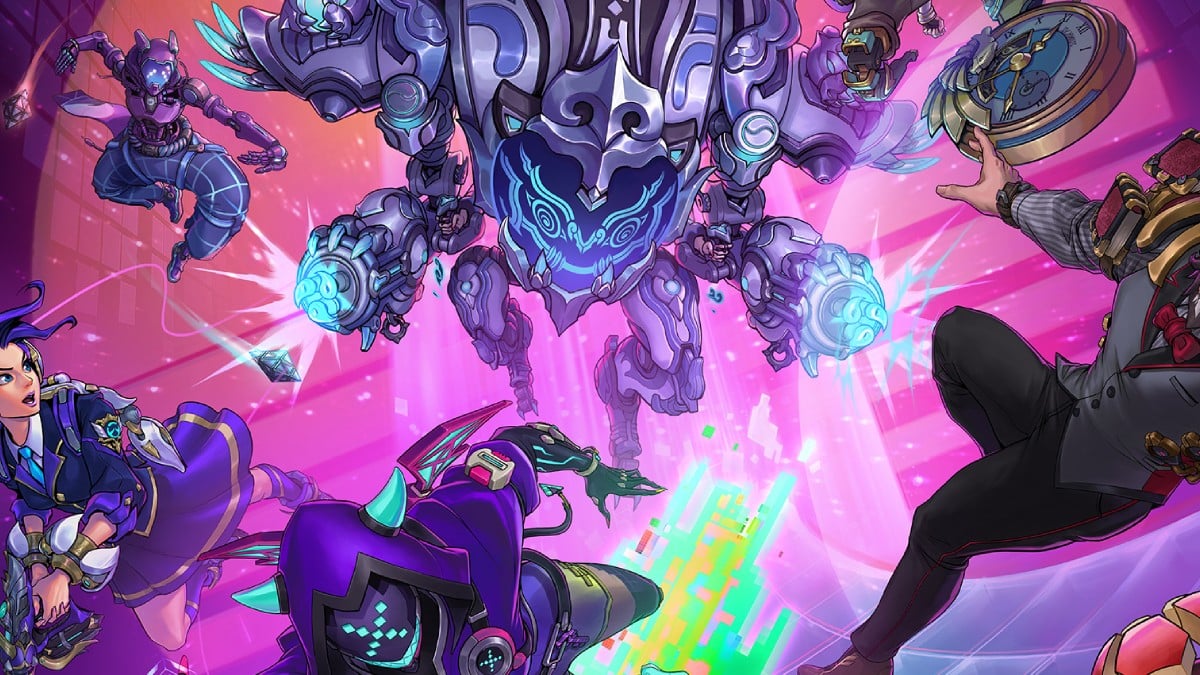
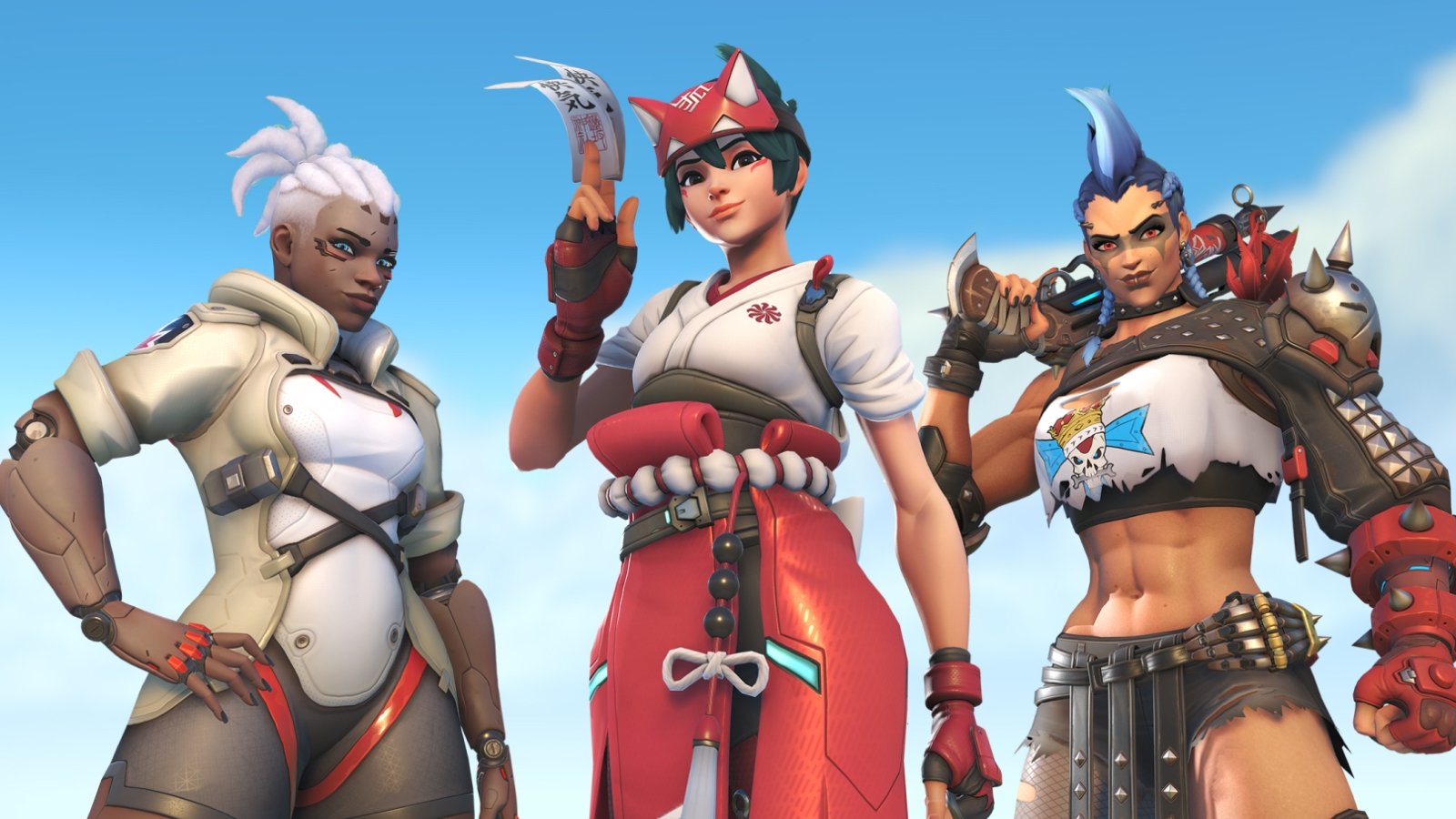
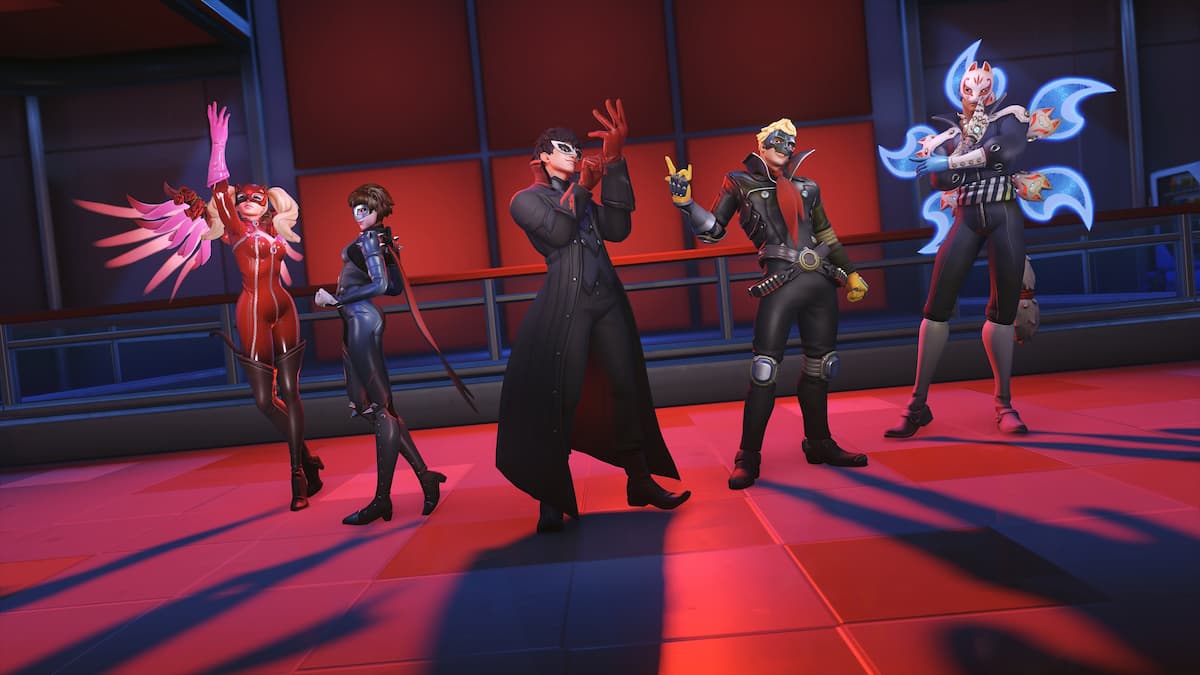
Published: Mar 13, 2018 04:43 pm